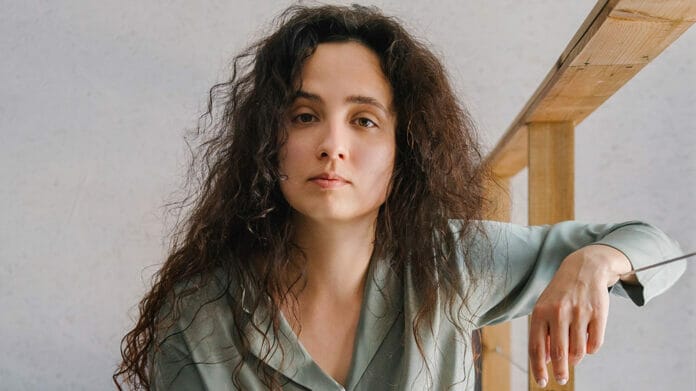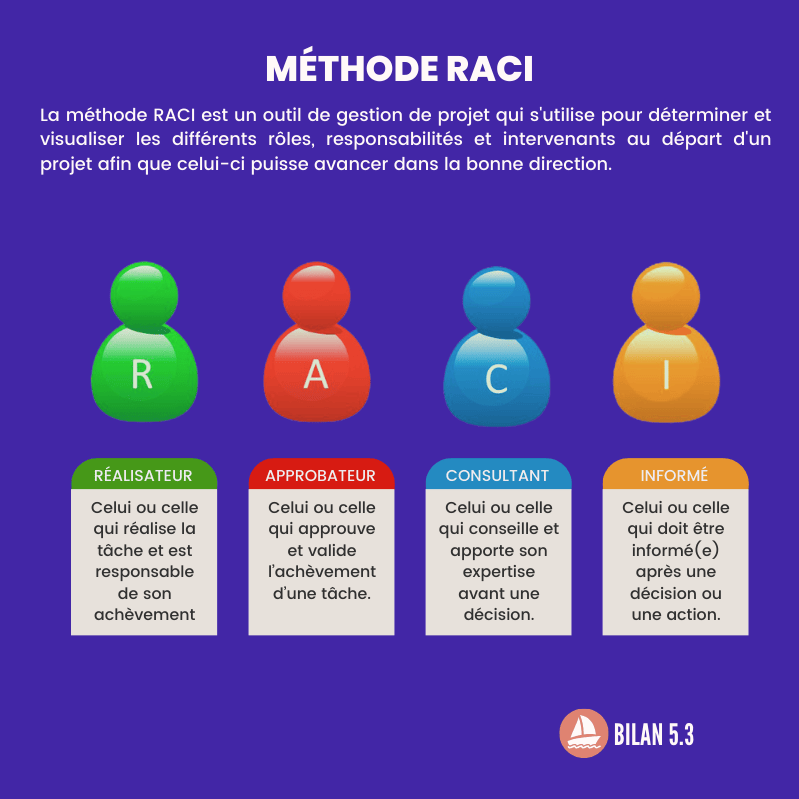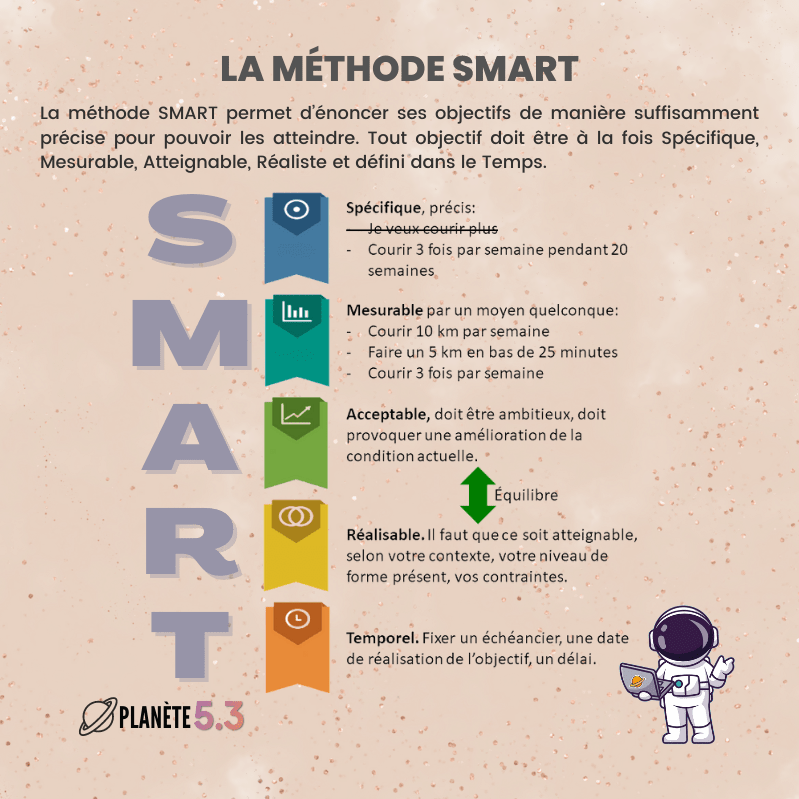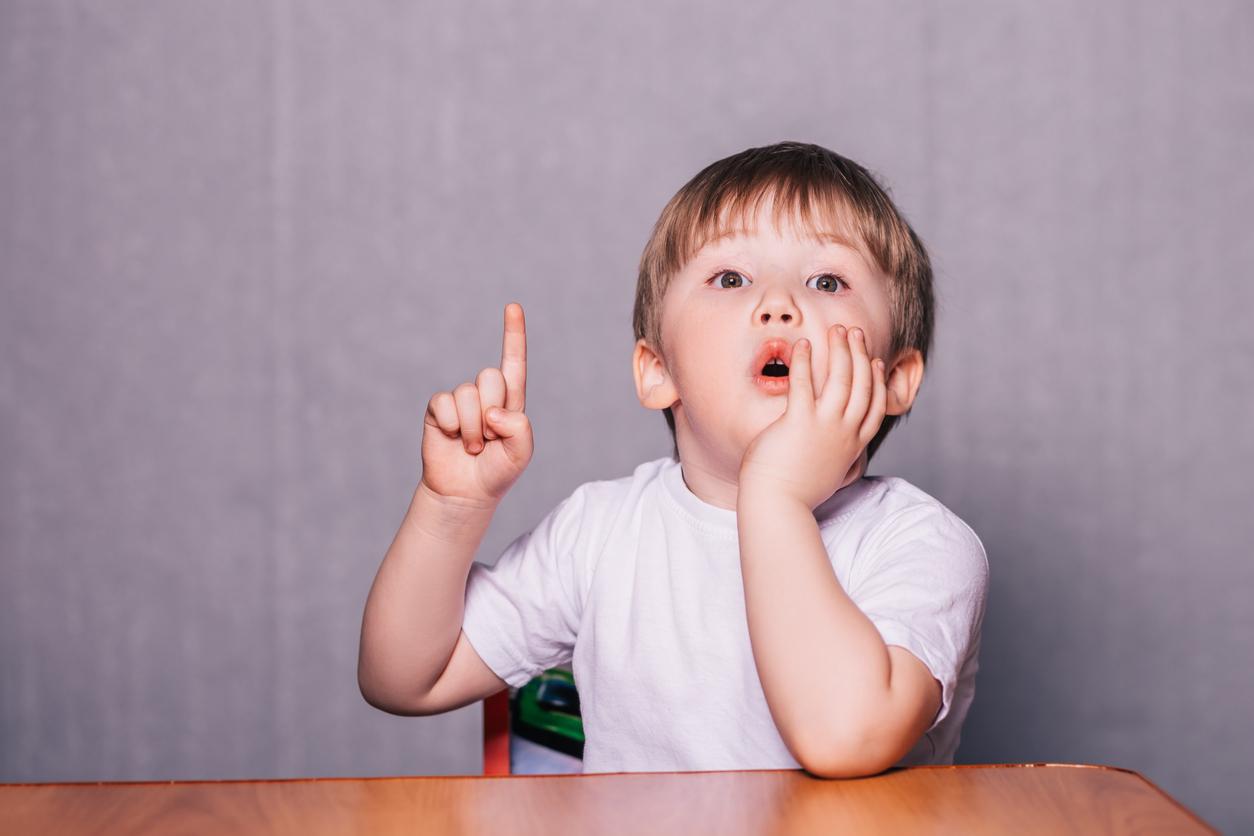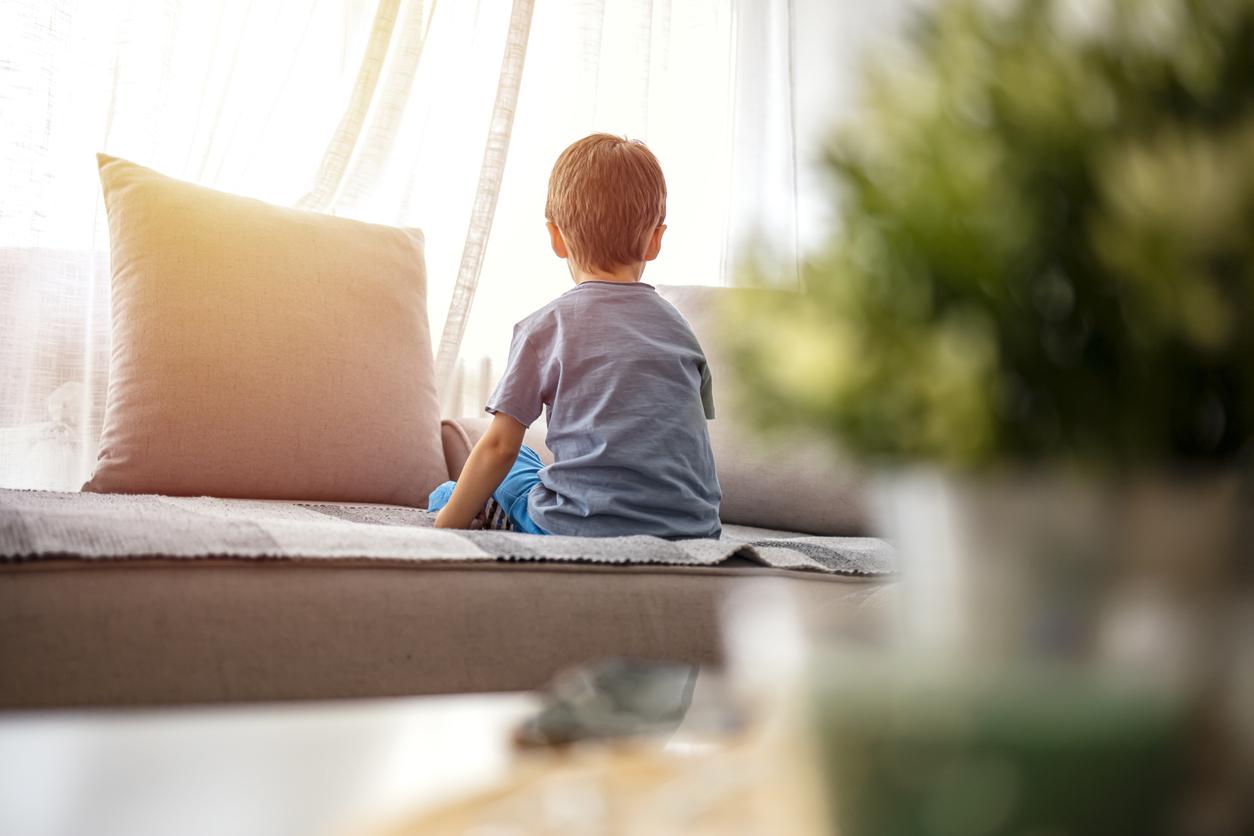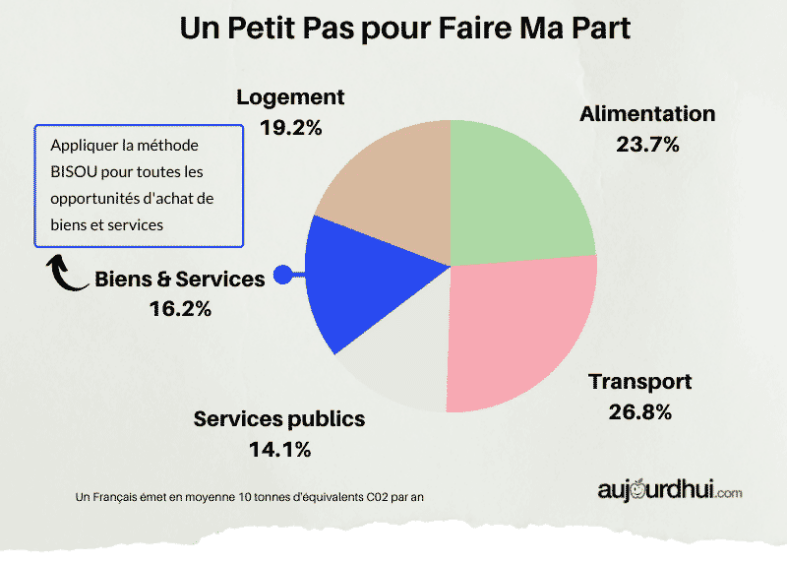A small game room, caring volunteers and no learning constraints. These are the foundations of the 3i method (intensive, individual and interactive). Its goal: to restart the psychomotor development of the person autistic.
The 3i method was born in 2004, when Catherine de la Presle developed tips for treating her grandson Augustin, who suffered from autism spectrum disorders. She was then inspired by the Sun-Rise method, developed shortly before by two American psychoanalysts. The principle is simple: awaken the autistic child through non-directive games and create an exchange through imitation. This method is intensive because it stimulates the child all day, every day, so that he does not lock himself “in his bubble”. She is individual because the child is isolated and has the full attention of volunteers, one-on-one. Finally, she is interactive because it is a question of capturing the attention of the child by activities and playful exchanges that he chooses himself. In 2005, faced with the progress observed in her grandson, Catherine de la Presle founded the association Autism Hope To School (AEVE) of which she is now director. “After a year and a half, Augustin began to blow, to make sounds, then to use speech“says Anaïs Bisdorff, head of the regional branch of AEVE Normandy and in charge of communication for the association.Augustin then went through all the stages that he had hidden since he was a baby.” she adds. He gradually returned to school and, today, Augustin is 15 years old. “He is good in class and just has a slight problem with social integration.“reveals Anaïs Bisdorff.
How to adopt the 3i method?
Today, AEVE accompanies 200 autistic people, aged 18 months to 30 years, and following the 3i method thanks to a network of 40 psychologists and 6,500 volunteers. This method can be practiced at home or in the experimental center Lud’Eveil, in Courbevoie (Hauts-de-Seine), currently the only center applying 3i in France. The cost of care by the 3i method is estimated at 350 euros per month and per child. It reaches 1,000 euros when it takes place at the Lud’Eveil center. By way of comparison, the monthly cost of ABA method(Applied Behavior Analysis) is valued at 3,500 euros at home and 8,000 euros in a center.
Concretely, the parents of an autistic child can contact AEVE and follow a one-day training course in Boulogne-Billancourt (Hauts-de-Seine). This training costs 150 euros. They will then have to set up a playroom at home or with relatives, equipped with a corner to isolate themselves, carpets, a mirror, balls and balloons and several toys. In this room, volunteers trained by AEVE take turns all day for one and a half hour play sessions, and a psychologist follows the child every week. The room should not exceed 10 square meters so that the child can easily appropriate the space: “the room is a real sensory cocoon that meets motor and psychic needs. The child must know the limits to feel safe. If it’s too big, it can generate anxiety, the child runs, goes back and forth” warns Chloé Bornens, clinical psychologist at the Lud’Eveil center, specializing in children’s developmental disorders.
Reconstruct all stages of child development
“Non-directive play promotes new brain connections which allow the restoration of verbal and non-verbal communication, then learning“explains Catherine de la Presle. The playful exchange and theimitation will particularly stimulate the mirror neurons, brain cells that play a role in learning and forming social bonds. It is then a question of bringing the autistic person to wake up in stages, naturally, by rebuilding all the developmental phases. “Children in reconstruction always follow the same process: they babble before speaking, they play with puppets before playing with their hand, holding objects, then a pencil“, explains Anaïs Bisdorff. A developmental grid makes it possible to follow the progression of the autistic person.
Although the 3i method was first developed for children, there is no age limit. “The younger people with autism are taken care of, the more plastic the brain, but there is plasticity at any age, so there is always hope.“underlines Anaïs Bisdorff.
Progressing step by step towards school
Little by little, the child progresses, learns to communicate, to play, to interact. “His attention can be expressed in a very simple way: a look, a caress, a sound emitted, a smile“says Anaïs Bisdorff. The 3i method also contributes to re-educating the sensory disturbances in autistic people, who frequently suffers from hyper or hyposensitivity, that is to say that she feels too much or not enough visual, auditory or tactile sensations. The hustle and bustle of the street or a classroom can then prove to be very painful, even insurmountable. When the child evolves and his autonomy grows, the AEVE association envisages a gradual reintegration into a school career, either in a traditional school, or in a School Integration Class (CLIS), or in a specialized center of the Institute type. medico-educational (IME). This “provided that they have acquired the communication tools necessary for life in the classroom: simply call out to the teacher, say if he is in pain somewhere or if he needs to go to the toilet, interact with the other children“explains Anaïs Bisdorff. Reintegration must be done gradually, first one hour per week, then half a day, until joining a full-time class.
Several scientific studies on the 3i method are in progress and should very soon make it possible to include it in the official recommendations of the High Authority for Health (HAS) for the management of autism spectrum disorders. A retrospective study of 449 children followed for 10 years by the AEVE association already shows that 51% of them have found their way back to traditional school after only two to four years of the 3i method. Every little progress is a step towards victory, according to Josette Domingos, president of the Lud’Eveil association: “the 3i method allows each child to evolve and grow. There is hope for every family.”
Sources:
- Visit of the Lud’Eveil center, Courbevoie (Hauts-de-Seine)
- Interview with Anaïs Bisdorff, regional manager of AEVE Normandie and communication officer for the association
- Interview with Josette Domingos, founder and president of the Lud’Eveil Courbevoie association
- Interview with Chloé Bornens, clinical psychologist at the Lud’Eveil center, specialist in child developmental disorders
- Gardziel, A., Ozaist, P., Sitnik, E. 2015. The 3i method in the therapy of autism spectrum disorders (ASD). Psychotherapy 1 (172)
>> To read also:
Autism: psychoanalytical approach, behavioral approach, what differences?
Autism: researchers explain how the disease affects the brain
Infographic: everything you need to know about autism
Autism, a disease more difficult to diagnose in girls









